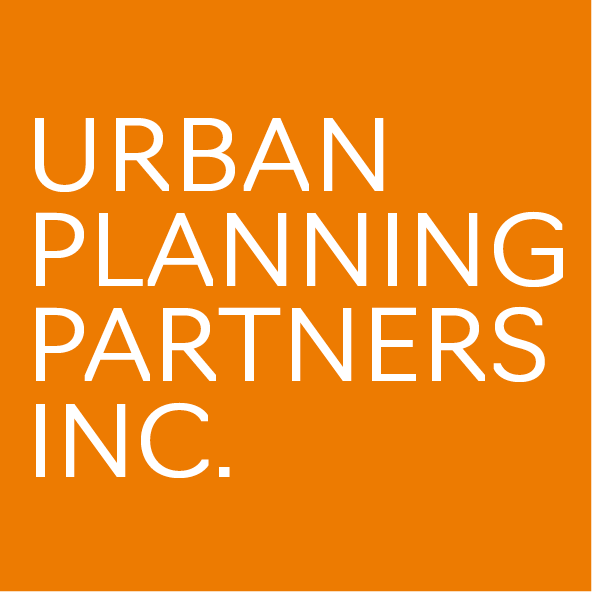Irvington BART Station Site Plan and Area Plan
Urban Planning Partners led a team of consultants on the development of a Station Site Plan and Station Area Plan for the new Irvington BART Station. Because Irvington Station has had a long and complicated history since its original approval in 2003, clear and robust messaging was essential to correct previous misinformation. Three community workshops have been the central pillar of the outreach strategy. The first workshop focused on the area’s existing conditions. Nearby residents had significant doubts about the need for a third BART station in Fremont and worried about traffic, crime, noise, and safety associated with the project. We made sure to be responsive to this feedback and immediately adapted our strategy by:
Adding the community’s questions about BART ridership, property values, and implications on crime, safety, and traffic to our FAQ sheet
Publicizing future opportunities for input to a wider cross section of Fremont (e.g., nearby renters, high school students, current BART riders, and members of Fremont’s sustainability and transportation commissions)
Debriefing “What We Heard” and “What We’re Doing” in a presentation at the second community meeting
Ultimately picking a station design with the smallest footprint to be responsive to the community’s desires
At our final community workshop, we had such a diverse group of community members that attendees debated the merits of the station amongst themselves. The ultimate sign of success was having someone tell us they were opposed to the station but happy to see that the recommended Station Site Plan reflected the community’s feedback.
Project Stats
150 Irvington High School students learned about the station and gave feedback during classroom presentations
About 100 community members came to each of the three public meetings
Two online surveys were issues, garnering a total of 558 responses
Why We Liked This Project: We got to work with community members who were passionate but always respectful and appreciative of our sense of humor and desire to solicit their feedback. Our community engagement efforts were extremely effective—it was so great to see the community come together and work with us, rather than against. The final Station Site Plan design was substantially more compact and neighborhood-friendly than the initial design as a result of the community engagement process and our team’s innovation engineers (Arup). We love projects that increase transit accessibility and support higher density residential. It was also fun for Lynette Dias, UPP’s founder, to work in the community where she grew up.

